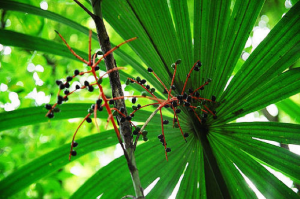Basic Laws of Mayan Medicine (Continued)

Greenery in Maya Land. Photo by Bruno Girin (https://flic.kr/p/3vYmW, CC BY-SA 2.0)
Continued from last week’s blogpost…
- Third Principle: The Mayan people recognized the natural cycles of plants and their powerful properties. They treated all plants with respect.
- Fourth Principle: Healing is a cooperative approach, with healer, patient, spirits, and plants working together. Especially important was prayer. Mayan healers believed that praying directs the life force (ch’ulel) to where it is needed.
- Fifth Principle: Status of the blood. Like traditional Chinese medicine, pulse determines imbalance. Understanding the pulse helped determine if an illness was physical or from a spiritual or emotional problem and which treatment to use.
- Sixth Principle: Hot and cold. This applies equally to illnesses, foods, and plants. Examples of “hot” diseases are fever, vomiting, and diarrhea. Constipation, cramps, or paralysis are considered “cold” diseases. This idea of hot and cold is most important in choosing the correct plants for treatment. “Hot” plants are used to treat “cold” diseases and vice versa.
Note: Statements about ancient or current Mayan spiritual beliefs and medicinal practices are merely descriptive. No statement is intended as medical advice.
Feel free to share! If you copy and paste whole posts to your member blog, please attribute and link back to the original post on dgaryyoung.com.

